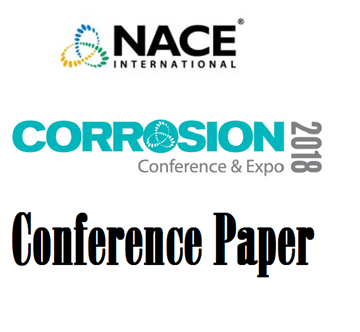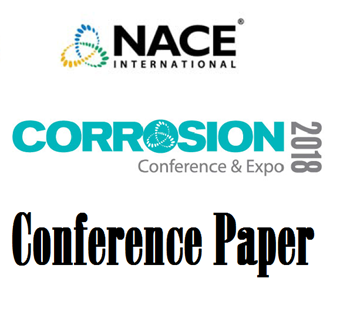Search
51318-10912-Comparative Evaluation of Various Types of Metallic Coatings for Structural Steel in Marine Enviro
Also Purchased
51318-10886-Testing of Coatings for Offshore Service
Product Number:
51318-10886-SG
Publication Date:
2018
$20.00
51318-10966-Cathodic Corrosion Protection with thermally sprayed zinc for steel in maritime conditions
Product Number:
51318-10966-SG
Publication Date:
2018
$20.00
51318-10896-AASHTO/NSBA S8.2 - Specification for Application of Thermal Spray Coatings on Steel Bridges
Product Number:
51318-10896-SG
Publication Date:
2018
$20.00




